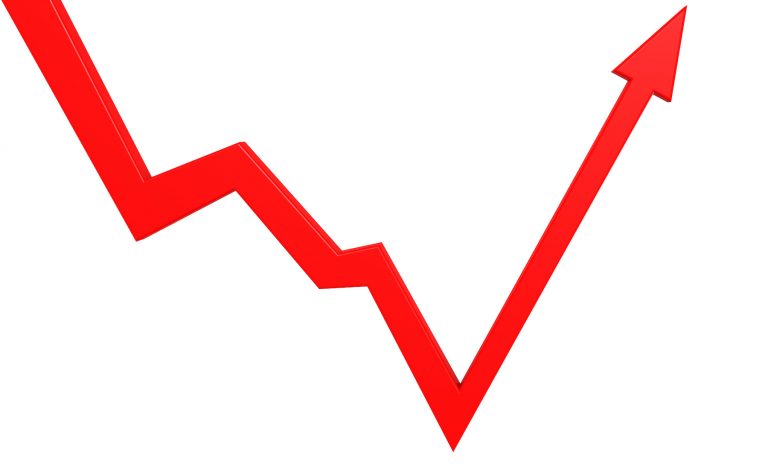The Insolvency Service recently announced that it had penalised the directors at three companies for exploiting a government loan handed out to them during the pandemic. A total of almost £100,000 of Bounce Back Loans had been wrongly applied for or misused:
https://www.gov.uk/government/news/insolvency-service-cracks-down-on-bounce-back-loan-abusers
 John Bell is director and founder of licensed Insolvency Practitioners Clarke Bell and here he explains the purpose of the Bounce Back Loan Scheme and what business owners can do if they cannot repay the loan.
John Bell is director and founder of licensed Insolvency Practitioners Clarke Bell and here he explains the purpose of the Bounce Back Loan Scheme and what business owners can do if they cannot repay the loan.
What is the Bounce Back Loan Scheme?
The Bounce Back Loan Scheme was designed to offer small to medium sized businesses which were originally not entitled to access the Coronavirus Business Interruption Scheme with a quick cash injection to sustain them during the pandemic.
The scheme was open to applications until 31 March 2021, with the loan being interest free for the initial 12 months and then at an interest rate of 2.5% per year. The term of the loan is up to 10 years.
The loans can be used for a range of purposes, from paying staff wages to covering monthly business costs. However, they were for business purposes and not for paying dividends or personal items, such as a mortgage or household purchases.
Earlier this year, the government rolled out the Pay as You Grow Scheme which was designed to allow for more flexibility with the repayment of the Bounce Back Loans over fears that businesses would struggle to repay the money owed when the first repayments were due (from May 2021). This allowed companies to be able to delay repayments by a further 6 months.
However, even with this additional support, many companies are still struggling to pay back the loans due to the severity of their financial difficulties caused by Covid and the lockdowns – as well as other issues including Brexit and supply problems.
What happens if I can’t repay the Loan?
If a company can’t afford to repay their Bounce Back Loans, they should discuss their situation with their accountant and/or an Insolvency Practitioner. It is important to be aware that the declarations made by the director(s) at the application stage of the loan will be reviewed by the Insolvency Practitioner and the company’s actions looked at closely. This is because when applying for the Bounce Back Loan Scheme, business owners were asked to formally declare that the pandemic was the reason that their business was facing difficulties and that, before the pandemic, the business was ‘financially sound’. An Insolvency Practitioner is required to check that directors did not provide false information in this declaration.
Steps to take if your company can’t pay back the Bounce Back Loan
There are a number of options to consider, including HMRC Time To Pay Arrangements, a business rescue with a Company Voluntary Arrangement (CVA) or, if your business really is not viable, liquidation via a Creditors’ Voluntary Liquidation (CVL).
A CVA is only be applicable to companies that have real chances of business rescue, and it allows an insolvent company to come to an agreement with its creditors to repay its debts. The company directors stay in control of the management of the company, and they appoint an Insolvency Practitioner to be the ‘Nominee’ of the CVA to help the directors prepare the Proposal – often with the help of the company’s accountant. When the CVA is approved, the Insolvency Practitioner takes on the role of the ‘Supervisor’ of the CVA and oversees its implementation. A CVA typically lasts for three to five years.
A CVL is a voluntary form of liquidation that allows the company to close whilst, as far as possible, settling the debts they owe to their creditors. It is a formal insolvency process carried out by a licensed Insolvency Practitioner who is appointed by the company directors.
(This is opposed to Compulsory Liquidation, where a company is forced to stop trading by creditors who issue a winding-up petition to the court if a company owes them £750 or more, and their payment demands have gone unfulfilled. An Insolvency Practitioner will be appointed by the Courts to deal with the Compulsory Liquidation).
Can Bounce Back Loans be written off?
As Bounce Back Loans are loans to the company, and not the individual / director, if the company goes into liquidation, the loan will be written off. However, if some of the Bounce Back Loan has been used to pay for non-company items – such as paying the director’s home mortgage or other household bills – that amount will need to be repaid.
Your next step if you can’t repay your Bounce Back Loan
If your company is struggling financially and you can’t repay your Bounce Back Loans – or other company debts – you should immediately seek professional advice. Get the situation sorted out as soon as possible to get rid of the problem and the stresses associated with it.
Many Insolvency Practitioners will offer you a free, no obligation initial consultation to discuss your situation and agree a plan to help you navigate the next steps for you and your company.
John Bell is Director of licensed Insolvency Practitioners Clarke Bell, which he founded in 1994 and is based in Manchester.


